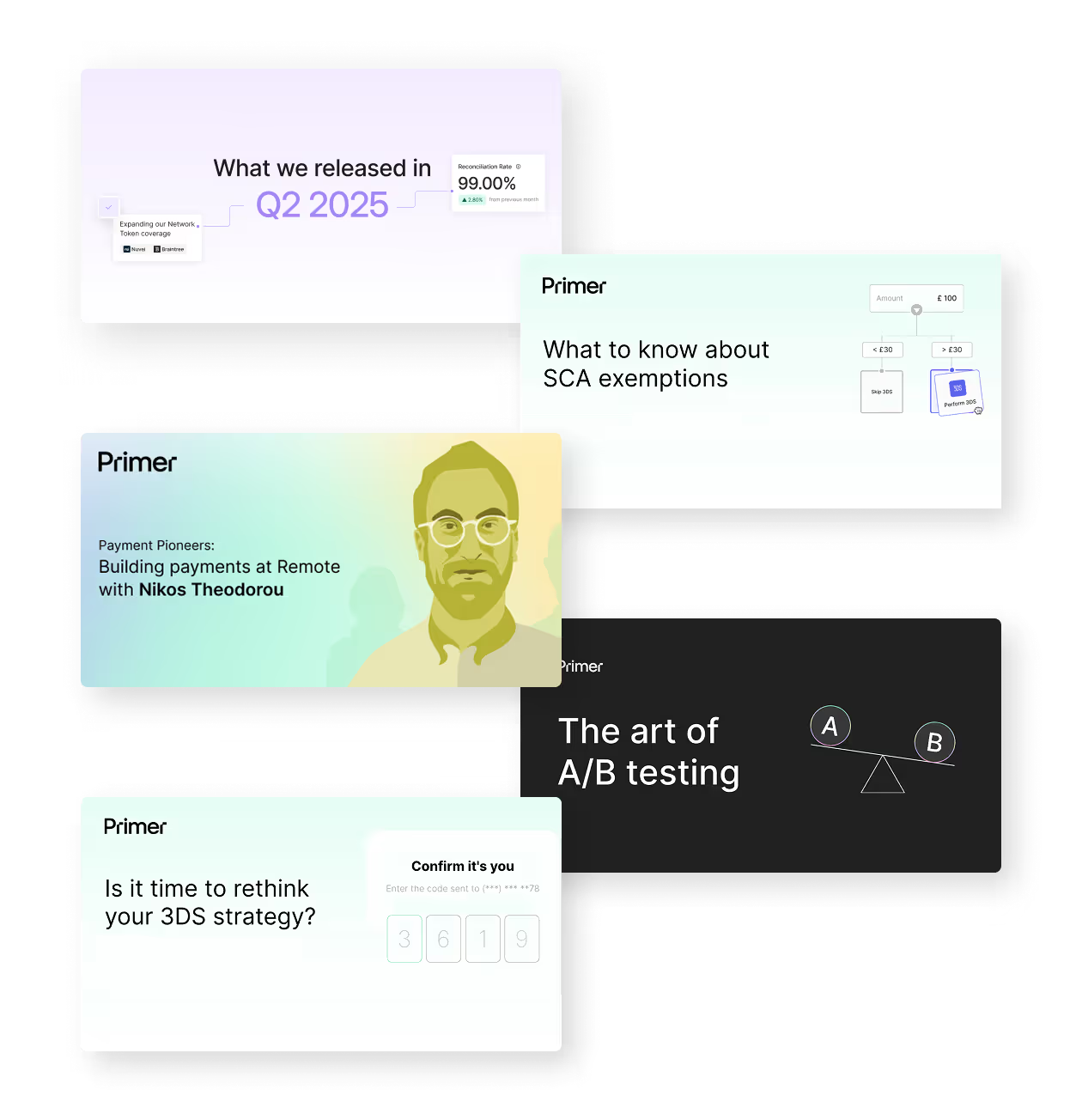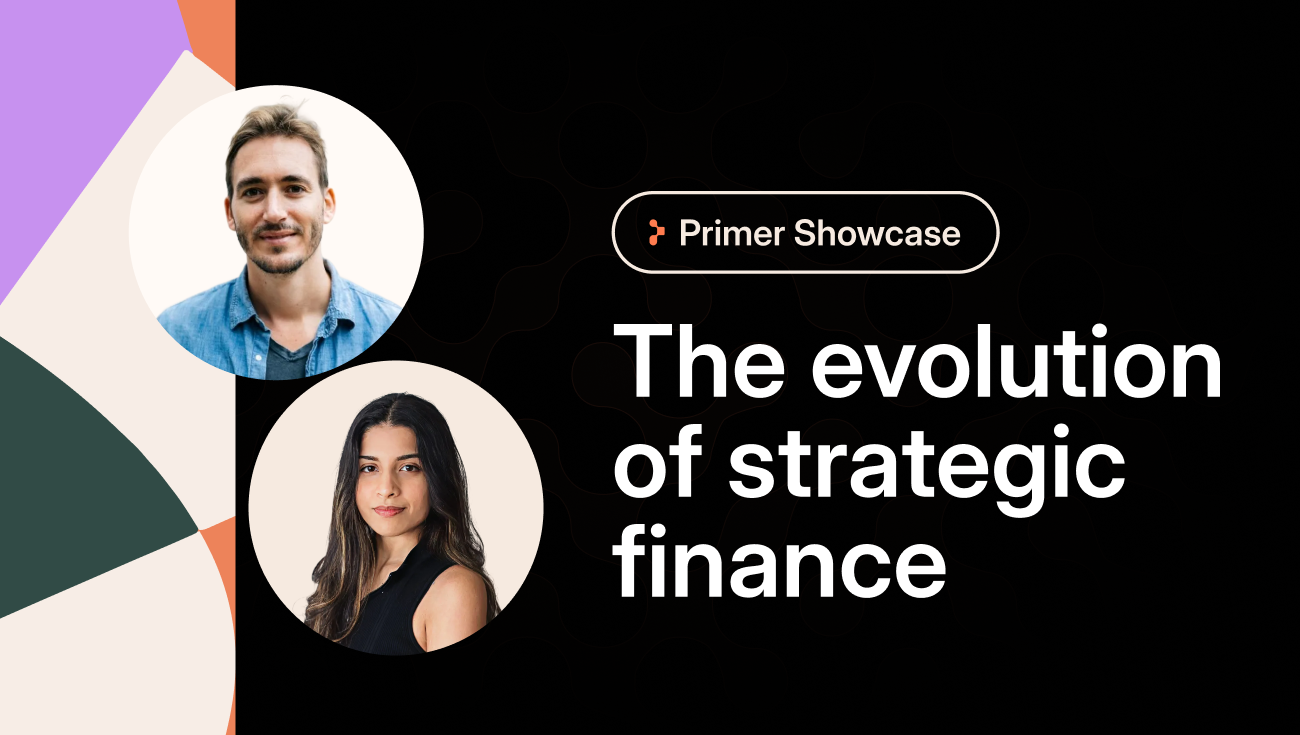Did you know there are different types of crude oil, each varying in quality and value? Join the club if you didn't. There's lots of variety, in fact. West Texas Intermediate from, you guessed it, Texas, and Tapis, from Malaysia, are widely considered the highest quality and most valuable form of crude on the planet.
Now, I get it—you probably didn't come here for an oil lesson. But bear with me; I promise there's a bigger picture I want to paint. In recent years, the saying 'data is the new oil' has become omnipresent in corporate handbooks. And it's true; I'm not going to argue that point.
However, after reading about the different qualities of oil, I began thinking about the various forms of data available to businesses. Every byte of data has its worth, much like different grades of oil. And here's the kicker: in my book, payments data is like the finest, purest crude oil—immensely valuable and rich in insights.
Here are three reasons why.
One: You can use payment data to increase revenue
Okay, I'll admit, this isn't a groundbreaking revelation. You've probably heard a million times how having access to payment data can turbocharge your revenue by fine-tuning authorization rates.
Here's a blog we produced on it ourselves: Five proven ways to improve your authorization rate.
But it's a point worth hammering home. Businesses leave so much money on the table by not optimizing their payments once a customer initiates a transaction. And they often don't even need to make significant changes to realize a considerable uplift.
Let me give you an example. I recently worked with a merchant using Primer to improve performance across their top 150 Bank Identification Numbers (BINs). We noticed that they were only triggering a 3DS challenge 38% of the time. So, I checked to see which ones would have a statistically significant higher authorization rate when a challenge is mandated.
The answer: The merchant saw a 7.5% authorization rate increase, resulting in a six-figure rise in settled revenue over a few months. We also saw the merchant's authorization rate variance and deviation halve—its authorization rate is less prone to fluctuations, in other words.
.avif)
Check out this blog to learn more about this case study.
Two: You can use payment data to lower the cost of customer acquisition and increase customer lifetime value
So much time, effort, and resource goes into customer acquisition. And, in today's busy digital marketplace, it's only getting more complex and costlier for businesses to bring customers to their sites and convert. Given this, I find it shocking to see cart abandonment rates as high as 70%, according to the Baymard Institute.
Sure, some cart abandonment is par for the course—digital window shoppers will always be around. However, there's ample room for businesses to enhance the checkout experience and, consequently, reduce cart abandonment. And the blueprint for these improvements is often hidden within your payment data. You just need to know where to look.
Let me illustrate with a real-life example. I worked with a merchant who launched a new product targeting 18-25-year-olds. The demand was there, and the product flew off the virtual shelves. However, there was a nagging issue: cart abandonment rates were exceptionally high compared to their usual 30-40-year-old customer base.
We looked at the data and found an interesting trend. Many customers who did convert faced payment declines due to insufficient funds or exceeding their credit limits. This got us thinking that the high cart abandonment levels might stem from customers not having the funds needed. So we helped the merchant quickly integrate a Buy Now, Pay Later (BNPL) solution, and almost overnight, their conversation rate increased by around 20%.
You can also use the same data to increase a customer's lifetime value. There are many stats out there about how offering preferred payment methods and an exceptional checkout experience brings customers back repeatedly.
Now, let's consider subscription businesses dealing with merchant-initiated transactions (MITs). Here, your payment data can be a powerful tool to combat churn. It's crucial to analyze which payment methods perform best for MITs and prominently feature them or offer incentives for their use. Alternatively, you might explore tools like Network Tokenization, particularly if your user base primarily relies on cards.
Three: You can use payment data to grow your business
When it comes to business expansion, you're making educated bets. You're wagering that Market X will yield a higher return on investment than Market Y. You're betting that customers have a stronger appetite for Product A than Product B. Every business move is, in essence, a calculated risk.
Now, I won't claim that payment data will provide you with crystal-clear answers regarding the perfect strategic move for your business. However, it can certainly shed some light on the path ahead.
Payment data can unveil intriguing patterns and trends in customer behavior, preferences, and spending habits. I recently collaborated with a business that put this concept into practice.
We used payment metadata and the Primer Observability platform to create a 'sales cockpit' for this business. This dashboard gave them insights into sales performance across various online stores in different markets. They could pinpoint the best-selling products in specific markets, track the payment methods customers preferred, assess the performance of those payment methods, and even analyze the success and failure rates of payments for different items in their store.
The business has put these insights into good use. It fine-tuned its marketing strategies, restructured its product presentation on the website, and reimagined the checkout process to feature customers' preferred payment methods prominently.
Access and refine your payment data
Accessing and refining your payment data can be a game-changer for your business, as the examples above demonstrate. It provides unique insights that can drive revenue growth, boost customer conversion rates, and ultimately help your business thrive. It's some of the most valuable data your business can tap into.
The challenge, however, for many businesses is getting a unified view of their payment data—especially in the increasingly intricate landscape of multiple payment processors and methods. It’s here that using a Unified Payments Infrastructure like Primer comes into its own. Our Observability platform gives you a single view of your payment flows across all payment methods and payment processors—you can even bring in the data from payments not processed through Primer.
Look at our Observability product page to learn more, or get in touch if you'd like to see a demo.




(1).png)
.png)